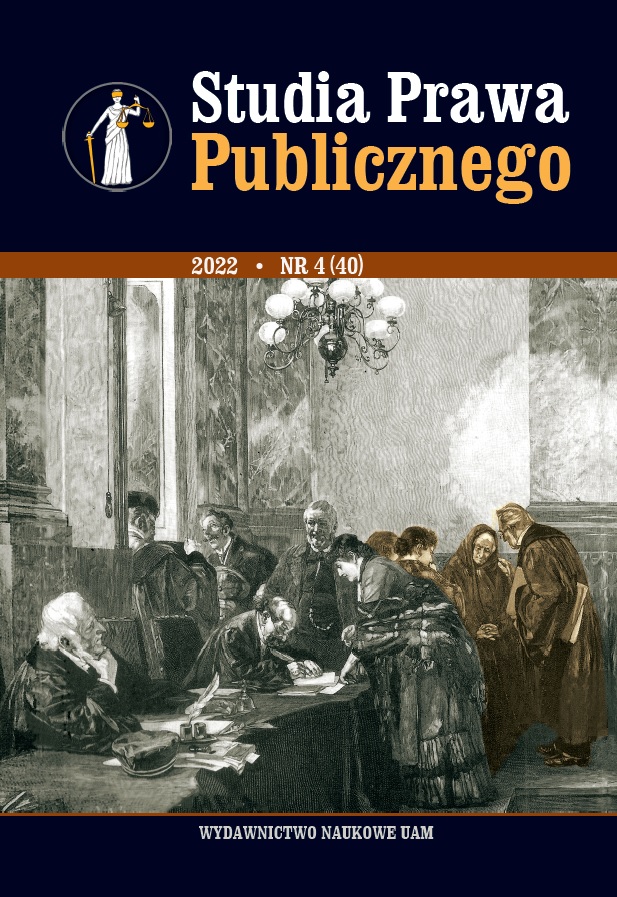Nieukierunkowana inwigilacja elektroniczna w świetle aktualnego orzecznictwa Europejskiego Trybunału Praw Człowieka
Bulk electronic surveillance in the light of current European Court of Human Rights case law
Author(s): Marcin RojszczakSubject(s): Human Rights and Humanitarian Law, EU-Legislation
Published by: Uniwersytet Adama Mickiewicza
Keywords: electronic surveillance; bulk surveillance; personal data protection; right to privacy;
Summary/Abstract: In 2016, while testifying before a UK parliamentary committee, William Binney, former technical director of the US National Security Agency, stated that by implementing bulk surveillance programmes, “your government and my government has permitted what terrorists have wanted all along but could never achieve. That is to cause us to restrict our freedoms while also tripping up our efforts to stop them”.Despite the passage of years, controversy about the proportionality of the use of surveillance programmes involving indiscriminate and bulk data collection continues unabated. There are numerous arguments that such measures should not be used in democratic states. Despite the recurring reports of abuse and questionable usefulness of such solutions, there is also no shortage of arguments put forward by proponents of the use of untargeted measures proving the need (or even necessity) for their use for public security purposes.The issue presented here is also the subject of ongoing interest on the part of legislators and the judiciary. The article aims to provide an overview of the evolution of the ECtHR’s position on the use of electronic surveillance, in particular its untargeted forms. However, the article is intended not only to recapitulate the reasoning as set out in recent case law – including the 2021 judgments of the Grand Chamber in Big Brother Watch et al. v. United Kingdom and Centrum för rättvisa v Sweden – but also to prompt further discussion on the relevance of the Court’s position as set out in relation to the most important legal issues relating to mass surveillance. It is the author’s intention that in this way it will be possible to answer the question of whether the current standard set by the ECtHR can be considered sufficient to protect against the risk associated with the spread of modern surveillance measures and their increasing use by public authorities.
Journal: Studia Prawa Publicznego
- Issue Year: 40/2022
- Issue No: 4
- Page Range: 111-142
- Page Count: 32
- Language: Polish

